Promoting board diversity, reshaping corporate policies and building an ESG strategy are some of the many examples of how shareholders engage with their portfolio.
Shareholder engagements are crucial to maintain a dialogue with the board of directors and managers to effectively enact sustainable practices and policies. Engagement in matters related to ESG has gained momentum in the last 5 years. In this blog, we attempt to break down why engagements take place and its effectiveness in bringing positive change.
Why Shareholders Engage
According to The Investment Association’s Good Stewardship Guide 2021, “shareholders engage with companies to understand their strategy and how they are adapting their business model to ensure they continue to thrive.”
Because shareholders own part of a company, it is in their interest to make a profit. However, this also means they have an influence on the activities that portfolio companies take part in.
As the Proxy Preview 2022 reports, shareholder resolutions have risen by 20% in the US compared to last year, with 21% of the total resolutions related to climate change. As a result, shareholder engagement can and does make a positive change in terms of reaching ESG metrics – the bigger question however is how?
How Does Shareholder Engagement Create Impact?
Engagement strategies are not the same as they were a few decades ago. According to a 2017 report by Ceres titled ‘Investor Strategies for Incorporating ESG Considerations into Corporate Interactions’, there are three main reasons why this is so: first, investors are simply more interested in understanding their shareholders’ views. Second, shareholders are now using specialist ESG teams as a way to prepare against any corporate pushback. Third, individuals and society at large are now more likely to publicly scrutinise companies that do not follow ESG standards.
The report goes on to highlight some of the ways shareholders engage, including but not limited to:
- Official letters
Individual letters are used when an issue is closely aligned with an organisation’s priorities and are relatively quick to send. Collective letters, as the name implies, are a lengthier process involving several investors that have significant interest, but may want to share the financial risks involved.
- In-person meetings
This involves meeting with the company directly, typically with the CEO and CFO to maintain a long and productive relationship on core issues.
- Shareholder meeting notes
Notes are typically used to gather information about an ESG-related issue, which is considered a low energy commitment. Notes may involve a short conversation with an industry expert on the topic.
- Media-generated communication
This is used to amplify ESG initiatives through platforms like social media as a means to raise awareness among consumers and also communicate externally.
Moreover, the issues shareholders care about within a company have also widened. In fact, a report by Georgeson, an investor intelligence firm in the US, found that governance proposals focused more on issues concerning separating board chair and CEO roles, as compared to previous years.
This shows that despite the environmental and social aspects of ESG playing a huge role, shareholders are taking more action to enact change with regard to governance.
What Effective ESG Engagement Looks Like
What makes shareholders’ engagement effective will depend on a few factors, such as the scale of ownership in the target company and the investors’ perceived market power.
According to an ABI report titled Improving Corporate Governance and Shareholder Engagement, “all members emphasise that every engagement approach depends on the specific circumstances of the company in question and that their approach can vary extensively from case to case.” As such, engagements vary from company to company.
Moreover, some factors will influence the approach an investor takes, such as:
- Their beliefs around what shareholder responsibilities look like
- The interest from clients or others to whom they are accountable
- Their investment time frame
All these factors are considered engagement by some investors as it falls under communication with a company, while others strictly define engagement as an intention to bring about a change in a company’s behaviour. Whatever the case, there are various perspectives on how to effectively engage considering the nuanced interactions with companies and the intricacies of corporate policies.
However, one crucial strategy commonly used for shareholder engagement is voting. This allows institutional investors to voice their concerns with companies that fail to abide by ESG metrics, whilst also opening a healthy dialogue with the concerned parties. For example, St. James’s Place 2021 Policy shows that out of 107,357 votes, 92% of votes were with management, with 8% votes against management and abstentions. As a result, shareholder voting, especially among those who own more shares, has the power to influence the topics companies focus on.
New Solutions to Improve ESG Engagements
While shareholder engagement can maximise their influence through collaboration and voting, tracking the engagements can be difficult.
Technological solutions are paving the way for ESG, which is why shareholder engagements are becoming more efficient in the ESG space.
Collecting data, organising ESG metrics and recording every interaction with portfolio companies is necessary to maintain a digital data trail to demonstrate evidence of impact.
Maanch’s new Engagement Tracker tool simplifies the ESG tracking process for those working with portfolio companies.




